Women Contribute to High-Level, Sci-Tech Self-Reliance
During a talk with the new leadership of the All-China Women's Federation (ACWF), on October 30, 2023, Xi Jinping, General Secretary of the Communist Party of China (CPC) Central Committee, urged women's federations to identify the right focus of their work and translate the decisions and plans of the Party Central Committee into specific tasks for their work when implementing the strategic decisions made at the 20th CPC National Congress.
Xi stressed the need to motivate women to give full play to their own strengths and roles in practicing the new development philosophy, building a new development paradigm, promoting high-quality development, achieving self-reliance and strength in science and technology at a high level, and comprehensively promoting rural revitalization.
Many women scientific and technological workers have stood out in the frontier fields of science and technology. They have integrated their personal dreams with the nation's development, and they have contributed to achieving self-reliance and strength in science and technology at a high level. Also, they have displayed their power in science and technology, on the global stage. In this issue, Women of China invites you to read the stories of women scientific and technological workers.
Sound Development Environment
Since the 18th CPC National Congress, women's roles in social development have become increasingly prominent. Chinese women now account for more than 40 percent of China's total employed population. China has about 40 million women scientific and technological workers, who account for nearly 45.8 percent of the nation's scientific and technological workers. The number of women scientific and technological workers elected delegates to the 13th National Women's Congress of China (held in late October 2023) reached 91, or 5.1 percent, an increase of 1.2 percent over the previous congress.
An increasing number of Chinese women are shining in various fields of science and technology, and that trend correlates with the country's increasing efforts to cultivate women scientific and technological talents, and to provide greater support to them so they can produce scientific research results.
China has implemented several policies and measures in recent years to support women scientific and technological workers in playing better roles in the fields of science and technology.
In 2021, ACWF, the Ministry of Science and Technology (MOST) and five other departments released a guideline on implementing the Women's Action for Scientific and Technological Innovation.
Later that year, ACWF, MOST and 11 other departments released a guideline on implementing several measures to help women scientific and technological workers play greater roles in scientific and technological innovation.
In 2023, the National Natural Science Foundation of China expanded the age limit — from 45 to 48 — for women researchers when they apply for the National Science Fund for Distinguished Young Scholars. China has created a sound environment, in which women are encouraged to pursue their careers in the field of science.
Women's federations, at all levels, have made efforts to promote implementation of policies, strengthen organizational support, and provide care services, to play their combined role as a bridge connecting the Party, the government and women scientific and technological workers. The federations have created conditions, built platforms, and provided services to women scientific and technological workers, to help them hold up "half the sky" in China's scientific research.
On the great journey in the new era, women scientific and technological workers will make new achievements, and build the Chinese Dream together, and they will take solid steps toward achieving the goal of developing China into a power of science and technology, and in achieving self-reliance and strength in science and technology at a high level.
Serving as a Bridge
The China Women's Association for Science and Technology (CWAST), a non-profit social organization, is composed of women scientific and technological workers from across the country. CWAST serves as a bridge connecting the Party, the government and women scientific and technological workers. It is a member of both ACWF and the China Association for Science and Technology.
With sincere care from and the support of Chen Muhua, and other leaders of the older generation, who have been passionate about the development of women's cause, China Women's Fellowship for Science and Technology, the predecessor of CWAST, was established in July 1993, to greet the Fourth World Conference on Women (held in September 1995). It was the first non-governmental organization for women scientific and technological professionals in China.
In October 2007, it was renamed CWAST. The association aims to unite and mobilize women scientific and technological workers, promote their development, enhance their roles and status in scientific and technological innovation, and in the social development of the country, and contribute to building China into a country of innovation.
Throughout the years, CWAST has explored new methods and approaches to serve its members, and it has expanded its influence among women scientific and technological workers. Now, it has 50 unit members, and about 24,000 individual members, and it has branches in 31 provinces, municipalities or autonomous regions.
Figures
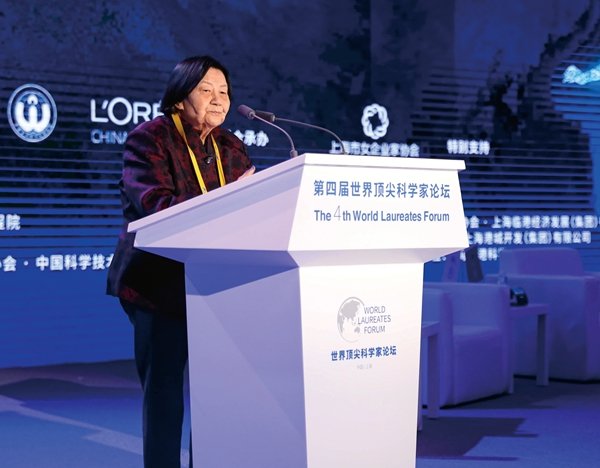
Developing 'Beijing Time'
Ye Shuhua became the first woman researcher hired by Xujiahui Observatory, affiliated with Purple Mountain Observatory, in Shanghai. In 1981, Ye, an academician of the Chinese Academy of Sciences (CAS), was named President of Shanghai Astronomical Observatory. She became the first woman president of an astronomical observatory in China.
She has a long list of accomplishments. For example, in 1965, the universal time system of China, developed by Ye and her colleagues, passed State verification, and "Beijing Time" became the standard time in the Chinese mainland. That development caused China to leap to second place (behind France) in the world in terms of standard-time accuracy.
In 1985, Ye became a foreign member of the Royal Astronomical Society, in the United Kingdom, and, from 1988-1994, she served as Vice-President of the International Astronomical Union (IAU). She became the first Chinese scientist to be IAU's vice-president.
In 1994, with IAU's approval, the minor planet, number 3241, was named after Ye. In 1995, ACWF named Ye one of China's 10 outstanding women. In 1996, she served as President of the Asia-Pacific Space Geodynamics Program.
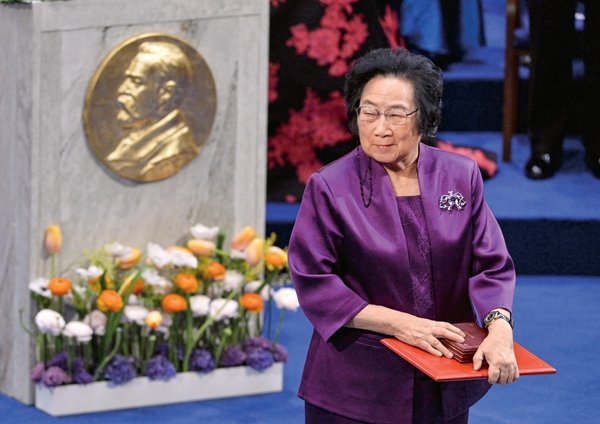
Discovering Artemisinin, Protecting People's Health
In 2015, Tu Youyou, chief researcher with the China Academy of Chinese Medical Sciences, won the Nobel Prize in Physiology or Medicine, for her discovery of artemisinin, a novel therapy against malaria. Tu once said artemisinin was a gift from traditional Chinese medicine to the world, and the prize was a gift from Chinese scientific and technological workers to the motherland.
Since 2000, the World Health Organization (WHO) has recommended the use of artemisinin-based-combination drug therapies as the first-line treatment for malaria. Artemisinin has saved millions of lives worldwide. The world malaria report, released by WHO, indicates, between 2000 and 2015, the global malaria mortality rate among at-risk groups, of all ages, fell by 60 percent, and the mortality rate among children under age 5 dropped 65 percent.
In 2017, Tu received the 2016 State Preeminent Science and Technology Award. In 2019, she received the Medal of the Republic, the nation's highest honor for prominent figures who have made great contributions to the construction and development of the People's Republic of China (PRC).
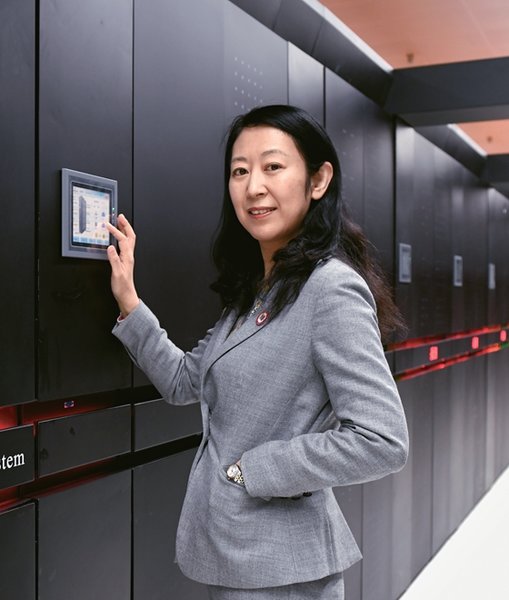
Making China Stand Out in Global Supercomputing Industry
Lu Yutong, Director of the National Supercomputer Center in Guangzhou (in South China's Guangdong Province), and a professor with the School of Computer Science and Engineering, Sun Yat-sen University, has dedicated herself to helping China achieve its tremendous progress in the supercomputing industry. Now, China's supercomputing sector is among the global leaders. Lu's center ranks among the world's top five most-influential supercomputer centers.
During past decades, Lu has participated in the development of five versions of the Yinhe supercomputer, and two versions of the Tianhe supercomputer. She has led her team in achieving numerous important innovation results — including technological breakthroughs in supercomputing.
Lu was appointed program chair of the 2019 ISC High Performance conference. She made history, as both the first woman and the first Chinese scientist to be the conference's program chair. In 2022, she was named a National March 8th Red-Banner Pacesetter, and one of the Most Beautiful Women Strivers.
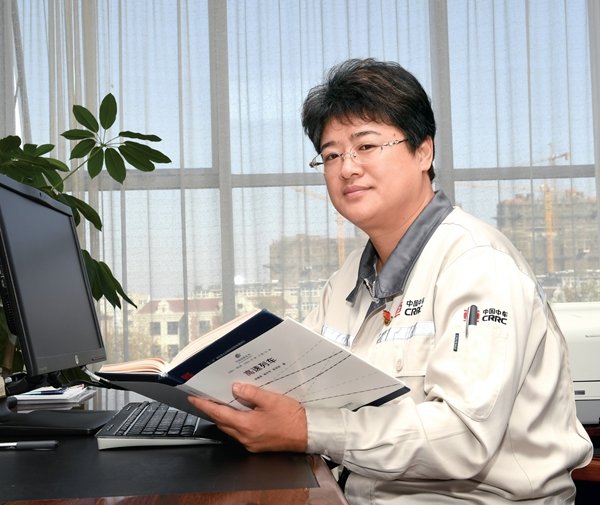
Making High-Speed Rail China's Calling Card
Fuxing bullet trains now run through 31 provinces, municipalities or autonomous regions in China. High-speed rail has become a calling card for the country. In recent years, Liang Jianying, Director of the National Innovation Center of High Speed Train, has led a research and development team, composed of more than 1,000 members, in improving key core technologies, to increase the speeds of trains, and to promote the development of China's rail-transit equipment. Under Liang's guidance, and with unremitting efforts, the team has yielded fruitful results. The team has developed high-speed trains, with various operating speeds, from 200-350 kilometers per hour.
Liang is the only woman chief engineer working on the production of high-speed-train equipment in China. Given her outstanding achievements, she has received numerous accolades and titles, including the State Science and Technology Advancement Award, National Most Beautiful Scientific and Technological Worker, and National March 8th Red-Banner Pacesetter.
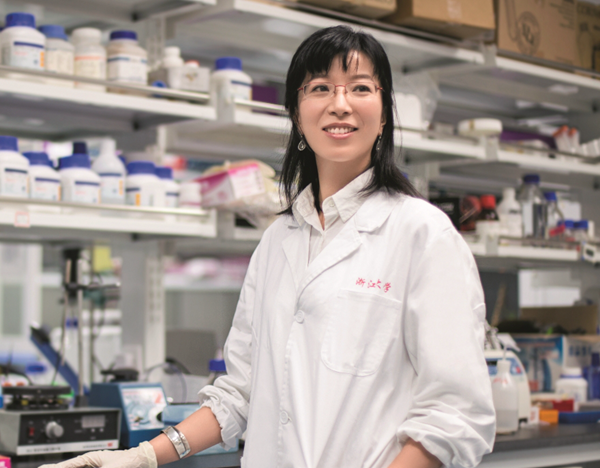
Discovering Neutral Mechanism Behind Depression
Hu Hailan, executive director of the Neuroscience Center of Zhejiang University, and four other women scientists, received the 2022 L'Oreal-UNESCO For Women in Science International Awards for their ground-breaking discoveries. UNESCO (United Nations Educational, Scientific and Cultural Organization) announced Hu received her award "for her major discoveries in neuroscience, in particular her work on depression, which has informed the development of next generation drugs for depression." Hu became the seventh Chinese recipient — and one of the youngest global winners — of the award. In 2022, she was named a National March 8th Red-Banner Pacesetter, and one of the Most Beautiful Women Strivers.
Established by UNESCO and the Foundation L'Oréal in 1998, the award has been presented annually to five outstanding women scientists, to recognize their tremendous contributions to scientific progress, and to provide support for their scientific research.
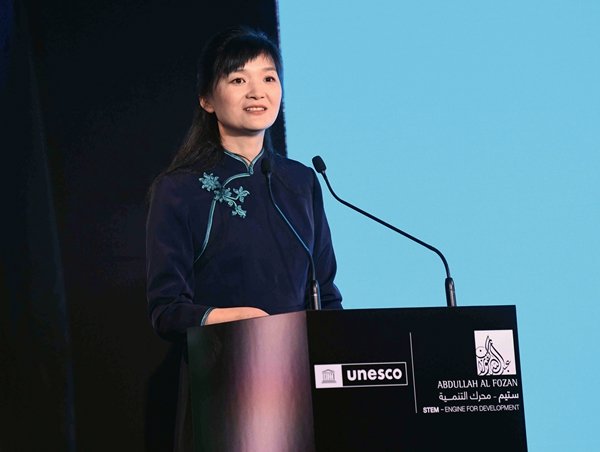
Exploring Human Evolution with Ancient DNA
Fu Qiaomei, a researcher with the Institute of Vertebrate Paleontology and Paleoanthropology, under CAS, in 2023, was awarded the UNESCO-Al Fozan International Prize for the Promotion of Young Scientists in Science, Technology, Engineering and Mathematics (STEM), for her original work in establishing the genetic history of early humans on the Eurasian continent (through the study of ancient genomes). Fu became the first Chinese scientist to receive the prize.
The prize, founded in 2021, is awarded every two years to five young laureates in relevant fields. It aims to strengthen STEM research, STEM education and international cooperation to confront the global challenges addressed by the Sustainable Development Goals. It recognizes the achievements of young people that are conducive to socioeconomic transformation and development, on a global scale, while also increasing the interest of young people, particularly girls and women, in science.
Fu has been working on paleogenetics, specifically exploring human origins and evolution with ancient DNA. Given her outstanding achievements in the field of archeogenetics, Fu, together with four other scientists, stood out among 2,500 candidates, who had applied for the prize, from across the world.
Photos from Interviewees and VCG
(Women of China English Monthly March 2024)
Please understand that womenofchina.cn,a non-profit, information-communication website, cannot reach every writer before using articles and images. For copyright issues, please contact us by emailing: website@womenofchina.cn. The articles published and opinions expressed on this website represent the opinions of writers and are not necessarily shared by womenofchina.cn.

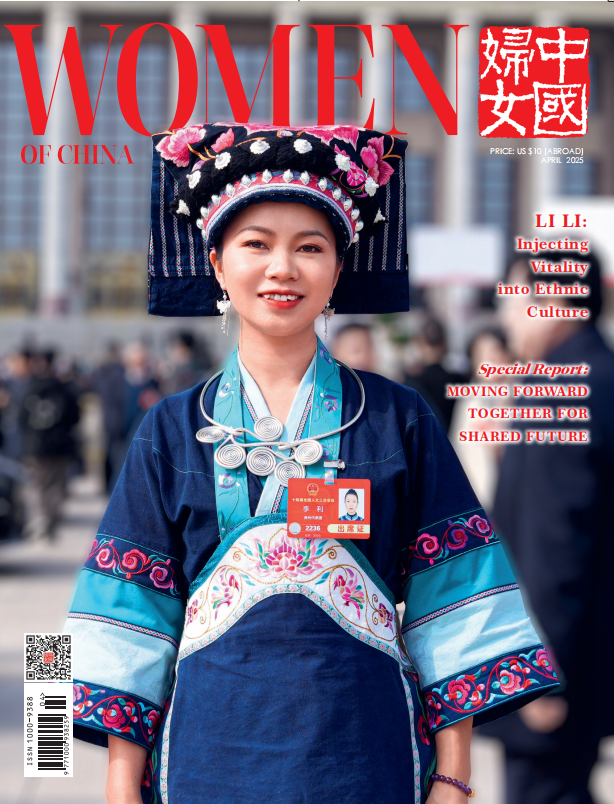



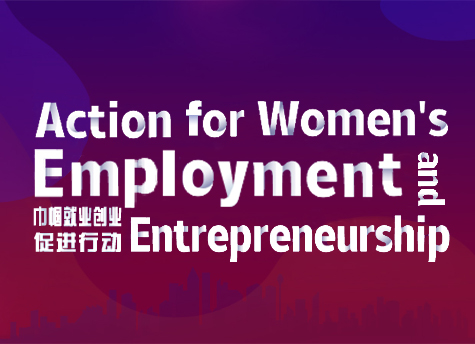


.jpg)

 WeChat
WeChat Weibo
Weibo 京公网安备 11010102004314号
京公网安备 11010102004314号